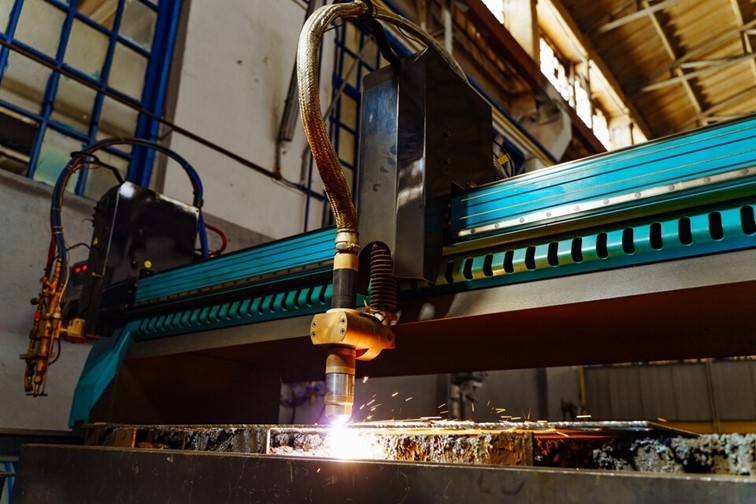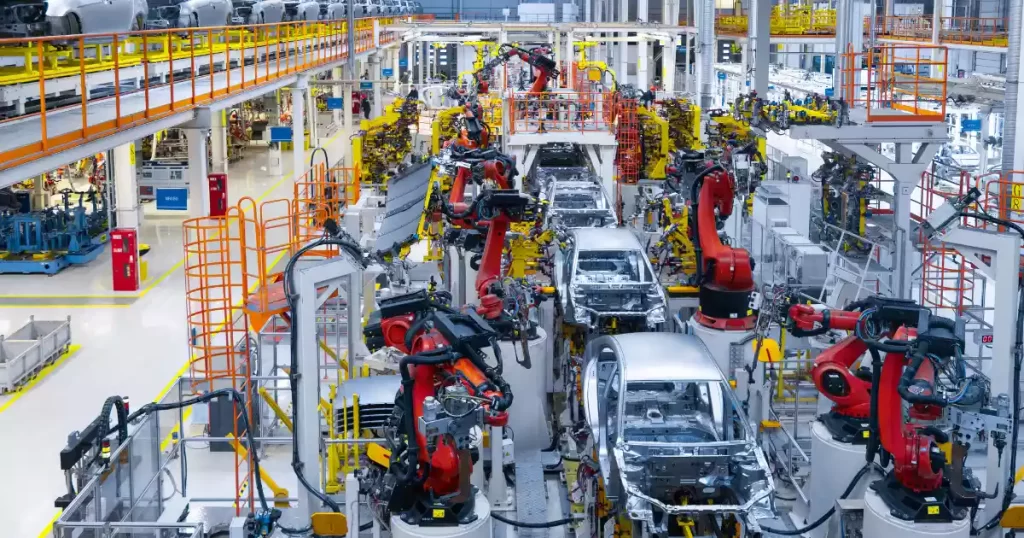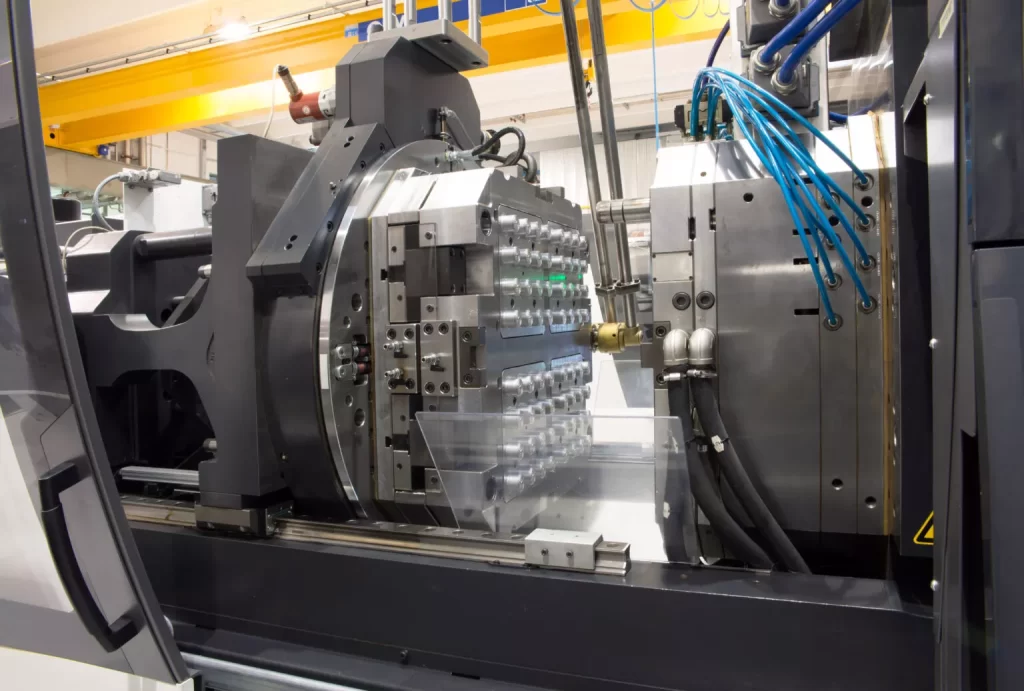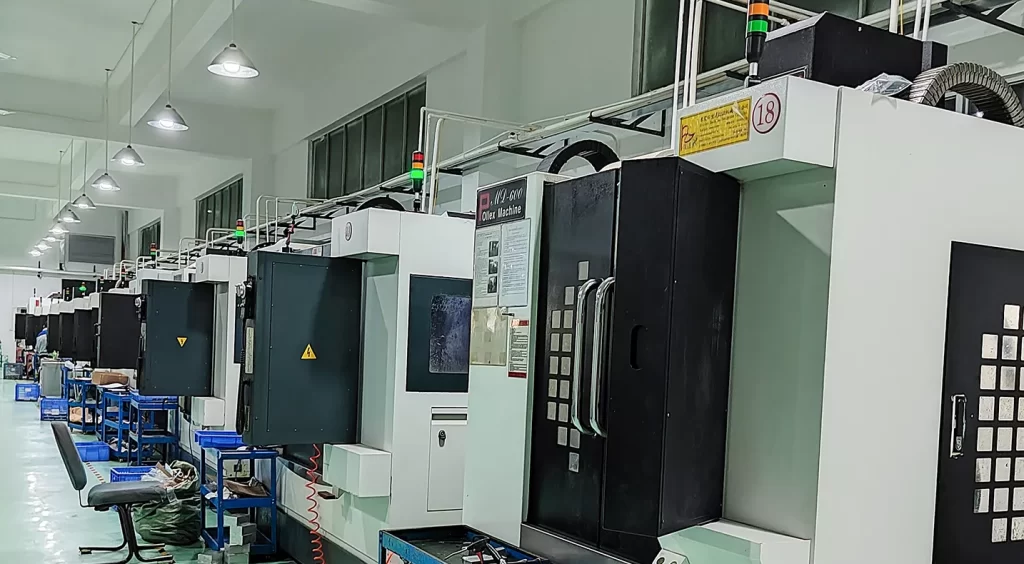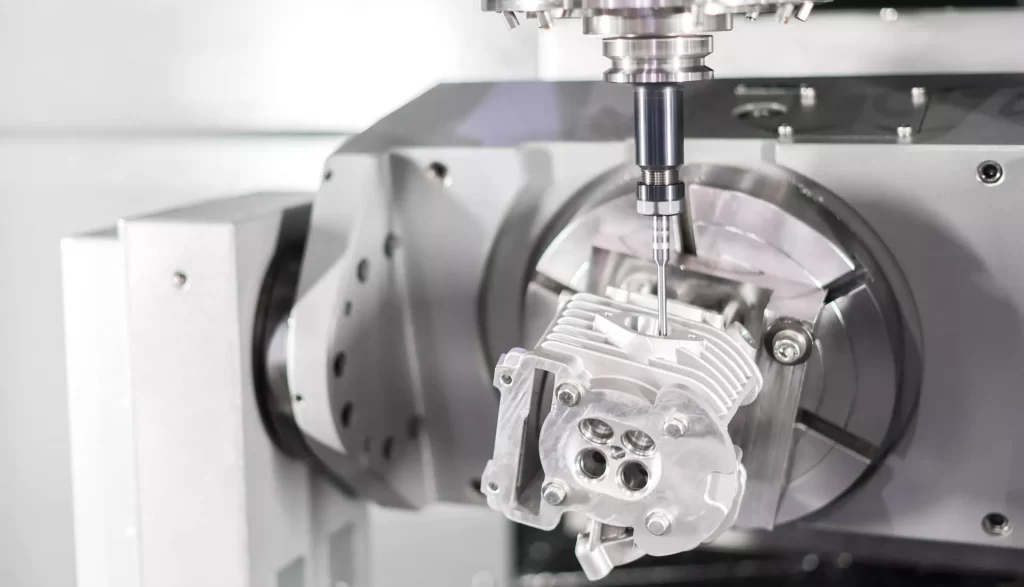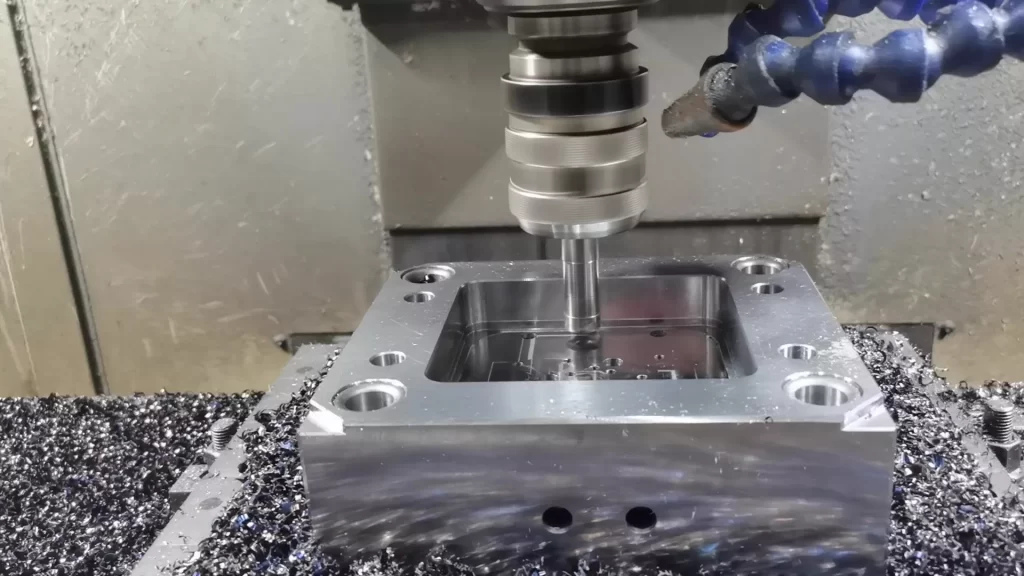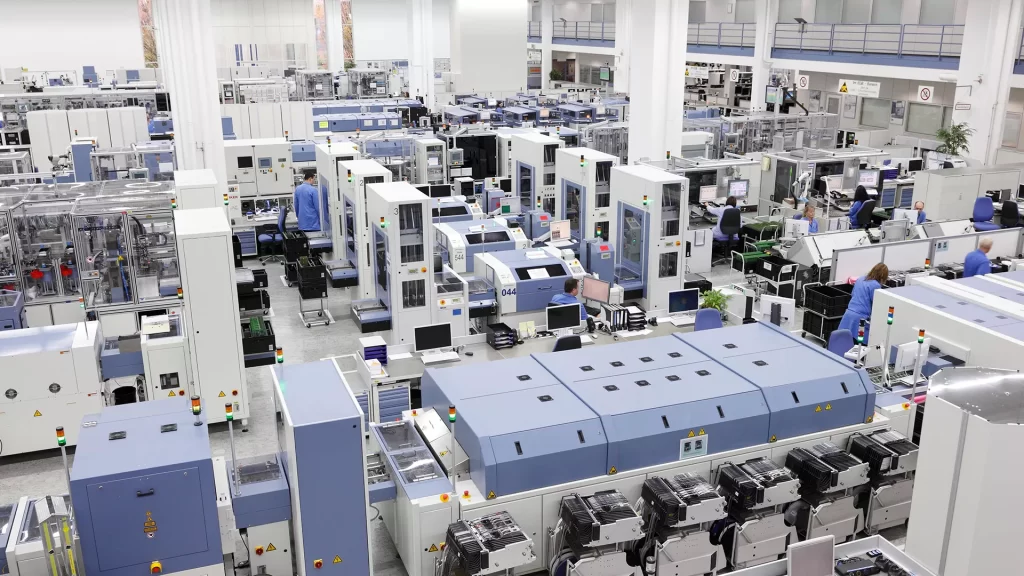Sheet metal manufacturing is a cornerstone in producing durable, versatile metal parts essential in various industries. Flat sheets of stainless steel are transformed into intricate metal components by sheet metal fabrication. This complex process involves cutting, bending, and other forming techniques, each critical in shaping the final product.
The sheet metal fabrication process starts with selecting the appropriate type of sheet metal. Considering factors like thickness, strength, and corrosion resistance. As we delve into the nuances of sheet metal fabrication. We will focus on elucidating the techniques behind cutting and bending alongside other vital forming processes.
Readers will gain insights into the intricacies of sheet metal forming. The significance of choosing the right fabrication service and an overview of the various sheet metal fabrications. This blog post aims to equip you with a comprehensive understanding of the sheet metal fabrication process. From the initial selection of types of sheet metal to the finishing touches that define a quality metal part.
What is Sheet Metal & How is it made?
Sheet metal, a thin, flat metal form, is crafted by industrial hot and cold rolling equipment. It is fundamental in metalworking and easily shaped into diverse components. Starting as hot metal sheets, they undergo roughing machines, becoming thinner and longer, essential for precision sheet metal fabrication.
Finishing rollers refine lighter sheets further. They’re cooled, coiled, and ready for cutting and bending processes. This method ensures high-quality sheet metal parts for various designs and applications. From simple sheets of metal to complex metal products, highlighting the versatility and adaptability of sheet metal material in manufacturing.
Bending vs. Folding: What’s the difference in sheet metal processing?
In sheet metal processing, bending involves a sheet, plate, or bar deformation to shape the metal without altering its thickness. Ideal for thicker plates, bending allows sheet metal fabricators to form sheet metal into various angles and shapes using different sheet metal fabrication techniques. It is crucial in custom sheet metal projects to create durable, high-quality components.
On the other hand, folding is preferred for thinner metal sheets, applying force at a specific location to create a sharp bend. This method is often used in sheet metal fabrication services where precision and delicate detailing are required. Such as inserting holes in sheet metal or cutting intricate designs.
Both methods are fundamental in sheet metal fabrication services. Enabling the transformation of a piece of sheet metal into complex parts through processes. These include but are not limited to cutting, bending, and folding. Each technique has its applications, dictated by the sheet metal material’s thickness and the desired final product’s complexity.
Sheet Metal Manufacturing Process
Exploring the Sheet Metal Manufacturing Process unfolds in easy steps. Initially, a metal sheet is selected based on its material and thickness. Which is crucial for ensuring the final piece meets quality standards. The process involves cutting sheet metal to size and bending or shaping it as required.
This common sheet metal procedure allows fabricators to create complex parts efficiently. The advantages of sheet metal include its versatility and adaptability in various applications. Each step is designed to fabricate sheet metal from cutting to bending using techniques. That preserves the metal’s integrity, showcasing the art of transforming metal into high-quality components.
Cutting Techniques
Below we discuss the intricacies of cutting techniques crucial for sheet metal fabrication. Learn about the mechanisms, applications, and when to use specific cutting processes to enhance fabrication capabilities and the design of sheet metal components.
1. Shearing: Shearing is a process that involves two blades one fixed and one moving to cut the metal. It is primarily used for sheet metal components with straight cuts. That efficiently handles sheet metal up to a certain thickness. This method is fundamental in custom sheet metal fabrication, offering a quick. It is a cost-effective way to cut large pieces of metal into smaller, usable sizes without altering the sheet metal’s properties.
2. Laser Cutting: Laser cutting employs a high-powered laser focused through a lens or mirror to melt, burn, or vaporize the material. It’s a precise method used in sheet metal fabrication to cut sheet metal from thin to medium thickness. The advantages of laser cutting include high precision, versatility in cutting various materials, and the ability to produce complex shapes and fine details. This method enhances the sheet metal design process, allowing for intricate patterns and precise cuts without mechanical contact.
3. Waterjet Cutting: Waterjet cutting uses a high-pressure stream of water. Often mixed with an abrasive substance to cut through materials. It’s particularly effective for cutting sheet metal without inducing thermal distortion, making it ideal for materials sensitive to high temperatures. This technique is versatile and capable of cutting through thick sheet metal.
Bending Methods
Metal bending is a pivotal process in the realm of sheet metal fabrication, manipulating the shape of metal to meet specific design requirements. Manufacturers achieve precise bends through press brake forming, roll bending, and folding. That can enhance functionality and aesthetics in sheet metal products.
1. Press Brake Forming: Press brake forming is a cornerstone in the sheet metal forming process, utilizing a press brake machine to bend sheet metal. This method can accommodate various sheet thicknesses, adjusting to create a wide range of bends from acute to obtuse angles and even complex shapes through sequential operations. The flexibility in adjusting sheet metal thickness and bend angles makes it a versatile option for creating custom sheet metal products.
2. Roll Bending: Roll bending, another sheet metal bending technique, employs a set of rolls to induce a curve into the metal. Perfect for creating cylindrical shapes or gentle curves in products where sheet metal is placed between rollers. Particularly useful for large sheet metal forms, roll bending is integral in manufacturing components like tubes, tanks, and other curved metal structures.
3. Folding: A precise sheet metal forming process involves clamping the workpiece between a die. And a punch and then folding the metal in the desired direction. It is especially suited for sharp bends and complex geometries. Where precision in sheet metal thickness and bend location is crucial. The folding technique finds applications in intricate designs. And assemblies where joining sheet metal with accuracy is paramount. Highlighting the versatility and precision of sheet metal fabrication in creating detailed and complex structures.
Joining Methods
Bending transforms flat metal sheets into shapes with precision. It is a basic sheet metal fabrication process. That is crucial for creating corners and curves. Utilizing press brakes, folding machines, or even manual efforts, bending minimally affects the thickness of sheet metal, preserving material integrity.
1. Welding: Types Used in Sheet Metal Manufacturing
- MIG Welding (Gas Metal Arc Welding): Ideal for its adaptability, MIG welding suits various types and thicknesses of sheet metal. It’s fast, efficient, and works well for long stretches in fabrication work.
- TIG Welding (Gas Tungsten Arc Welding): Offers high-quality joins for different types of sheet metal, especially thin sheets. TIG welding is preferred for its precision and control, essential in sheet metal fabrication, which refers to detailed projects.
- Spot Welding: Primarily used in metal stamping and automotive industries, spot welding joins overlapped metal sheets without affecting the entire thickness. It’s quick, efficient, and suitable for high-volume production.
- Laser Welding: A cutting-edge technique, often paired with sheet metal laser cutting, providing high precision and speed. It’s ideal for complex joins or delicate materials where heat control is vital.
2. Riveting: Complementing Welding
Riveting, a traditional yet powerful joining method, involves fastening two pieces of metal together with a metal pin or rivet. It complements welding by:
- Offering Mechanical Fastening: Riveting doesn’t alter the material’s structure, unlike welding. This is beneficial for scenarios where welding heat could damage the metal or disassembly may be required.
- Enhancing Structural Integrity: In situations demanding additional strength, rivets provide reinforcement. They distribute stress across a wider area, reducing the risk of failure at a single point.
- Allowing Diverse Material Connections: Riveting can join different materials or thicknesses of sheet metal, which might be challenging or impractical to weld.
Finishing Techniques
Bending methods in metal fabrication involve manipulating sheet metal to achieve desired angles and shapes. Which is crucial for creating precise bends in sheet metal. Techniques like V-bending, U-bending, and wipe bending are employed. Each is suited for specific requirements, ensuring accuracy and consistency in the finished product.
1. Sanding and Grinding: Sanding and grinding are foundational finishing techniques in sheet metal fabrication to smooth surfaces and remove imperfections. This process works by using abrasive materials to refine and even out the surface of the metal, preparing it for further finishing or painting. This step is essential for aesthetic appeal, preventing corrosion, and enhancing paint adhesion for sheet metal manufacturers.
2. Powder Coating: Powder coating offers significant advantages over traditional painting for sheet metal products. This method involves applying a dry powder cured under heat to form a hard, protective finish. The advantages of sheet metal fabrication are highlighted through powder coating’s superior durability and resistance to chipping, scratching, fading, and corrosion.
Advanced Techniques and Future Trends
In exploring advanced techniques and future trends within metal fabrication. We encounter innovative bending methods that enhance the precision and efficiency of shaping metal. These methods have evolved to address the complexities of working with various sheet metal fabrication materials, allowing for more intricate designs and applications.
1. 3D Printing with Metal: Stands at the forefront of these advancements. Integrating metal with the transformative technology of 3D printing revolutionizes how we use sheet metal. By layering thin metal sheets to create complex, high-strength structures. 3D printing with metal expands sheet metal fabrication capabilities beyond traditional boundaries. Its potential impact is vast, promising to accelerate production times, and reduce costs. Enable the creation of designs previously unattainable through conventional methods.
2. Automation in Sheet Metal Manufacturing significantly reshapes the industry’s landscape. By integrating advanced robotics and AI, automation streamlines the stamping process, cutting, and bending of flat metal sheets, elevating efficiency and precision. This shift towards automation refines the sheet metal cutting and punching process and enhances operators’ safety and working conditions.
Conclusion
Understanding the intricacies of sheet metal manufacturing encompassing cutting, bending, and other techniques is pivotal. Sheet metal fabrication refers to a multifaceted process vital for transforming flat sheets of metal into desired shapes and products.
Metal is one step closer to its final form through subtractive manufacturing and precise cutting. Bending reshapes metal along a straight line, altering sheet metal corners for functional and aesthetic purposes. These processes are not just fundamental. They’re the backbone for manufacturing countless products.
As technology evolves, sheet metal production costs adjust, encouraging continuous exploration and advancement in the field. Let’s dive deeper into these advancements, enriching our knowledge and pushing the boundaries of what’s possible with sheet metal to create innovative solutions.
